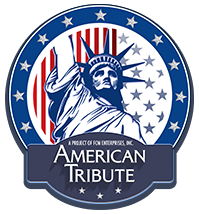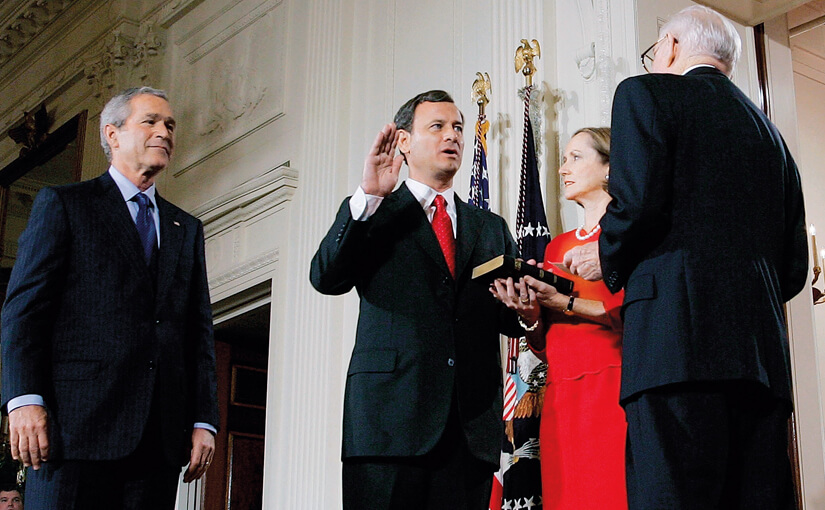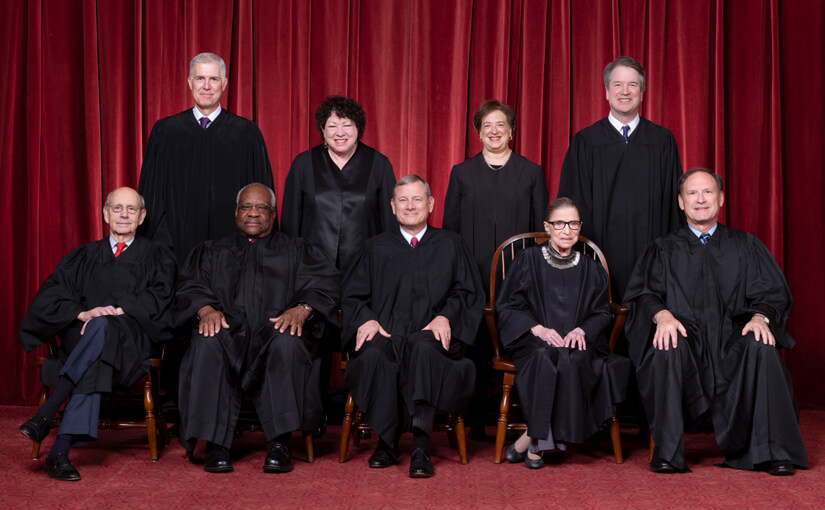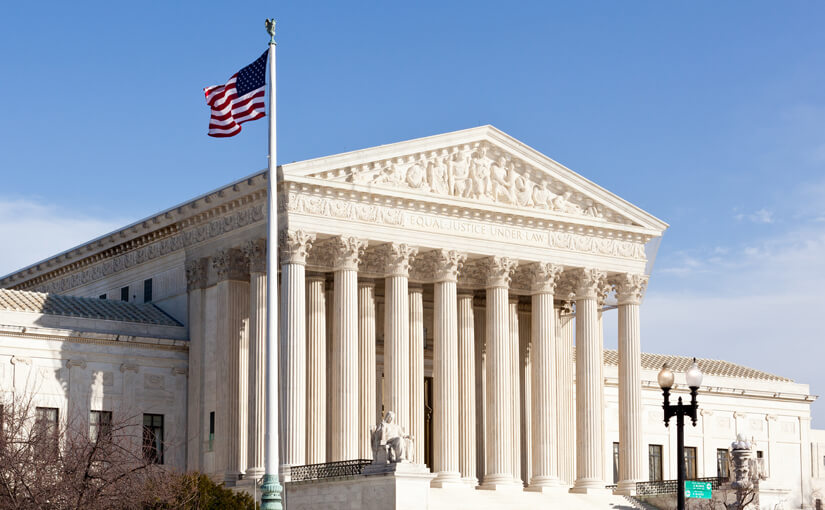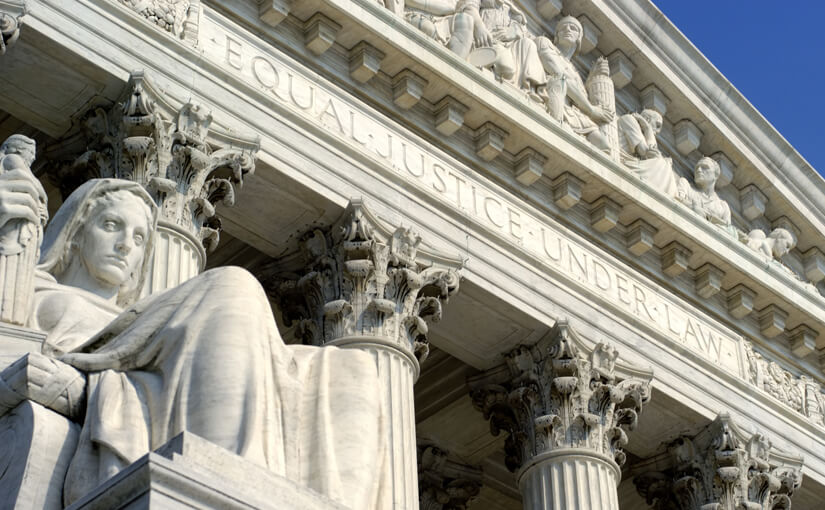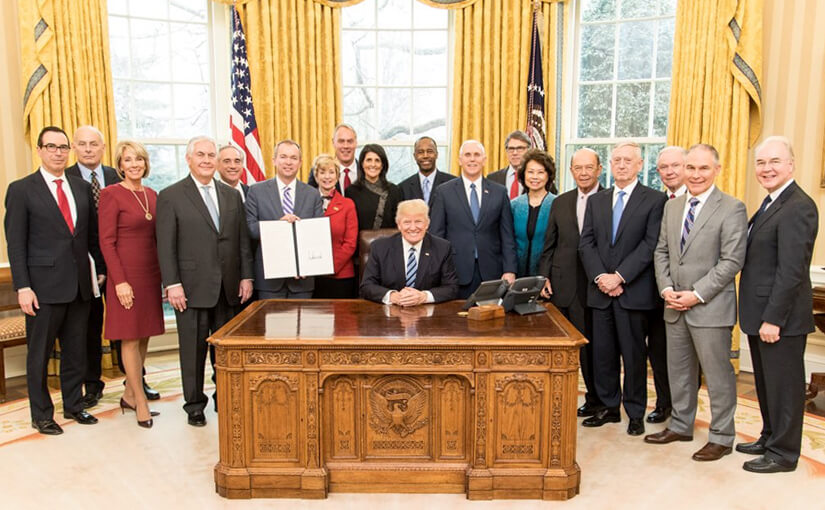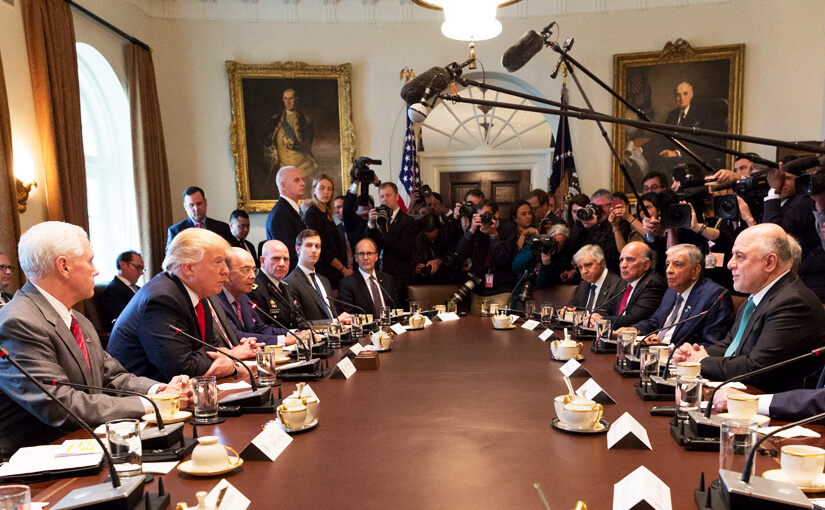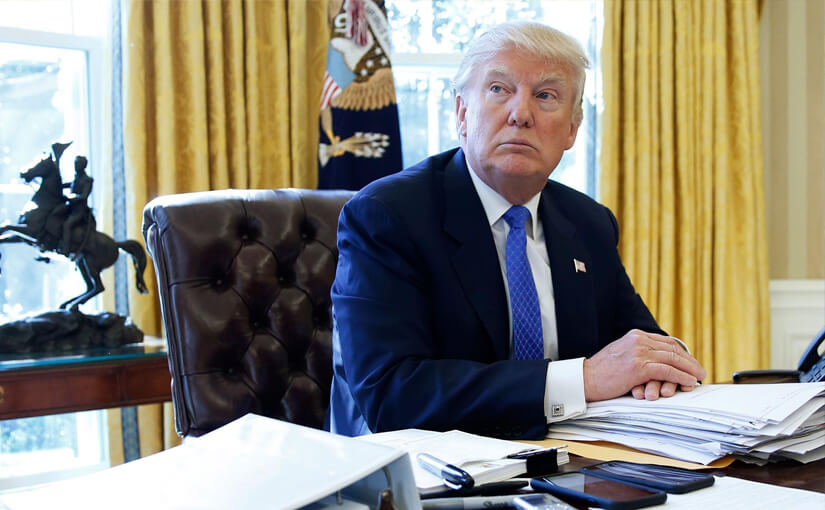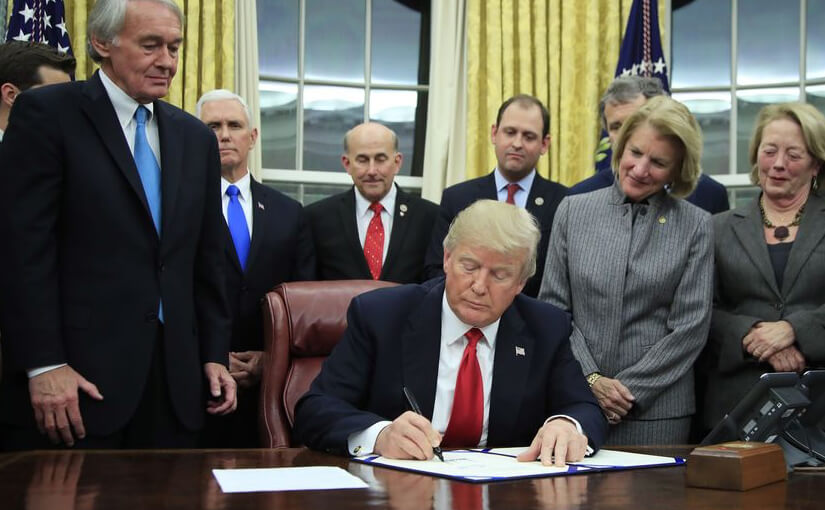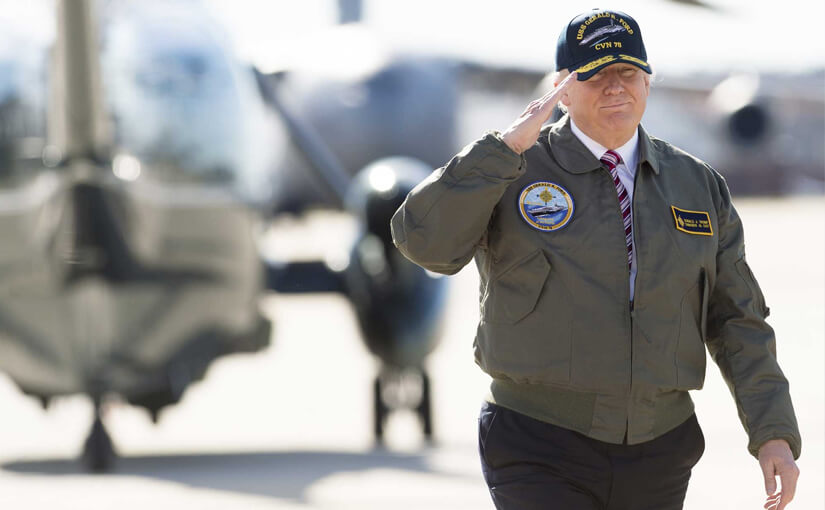- John Roberts (John G. Roberts, Jr.)
John G. Roberts, Jr. is the 17th chief justice of the United States.
After the death of former chief justice William Rehnquist in September 2005, President George W. Bush nominated Roberts for this position.
Judge Roberts became chief justice when he was 50. He is the youngest chief justice since 1801, when John Marshall became chief justice at the age of 45.
Before he became chief justice, Judge Roberts served on the U.S. Court of Appeals for the District of Columbia Circuit.
Although the chief justice of the United States is the highest official in the judicial branch, his vote on the Supreme Court carries the same weight as the other justices.
** As you prepare for U.S. citizenship, Learn About the United States: Quick Civics Lessons will help you study for the civics and English portions of the naturalization interview. There are 100 civics (history and government) questions on the naturalization test. During your naturalization interview, you will be asked up to 10 questions from the list of 100 questions. You must answer correctly six (6) of the 10 questions to pass the civics test.
